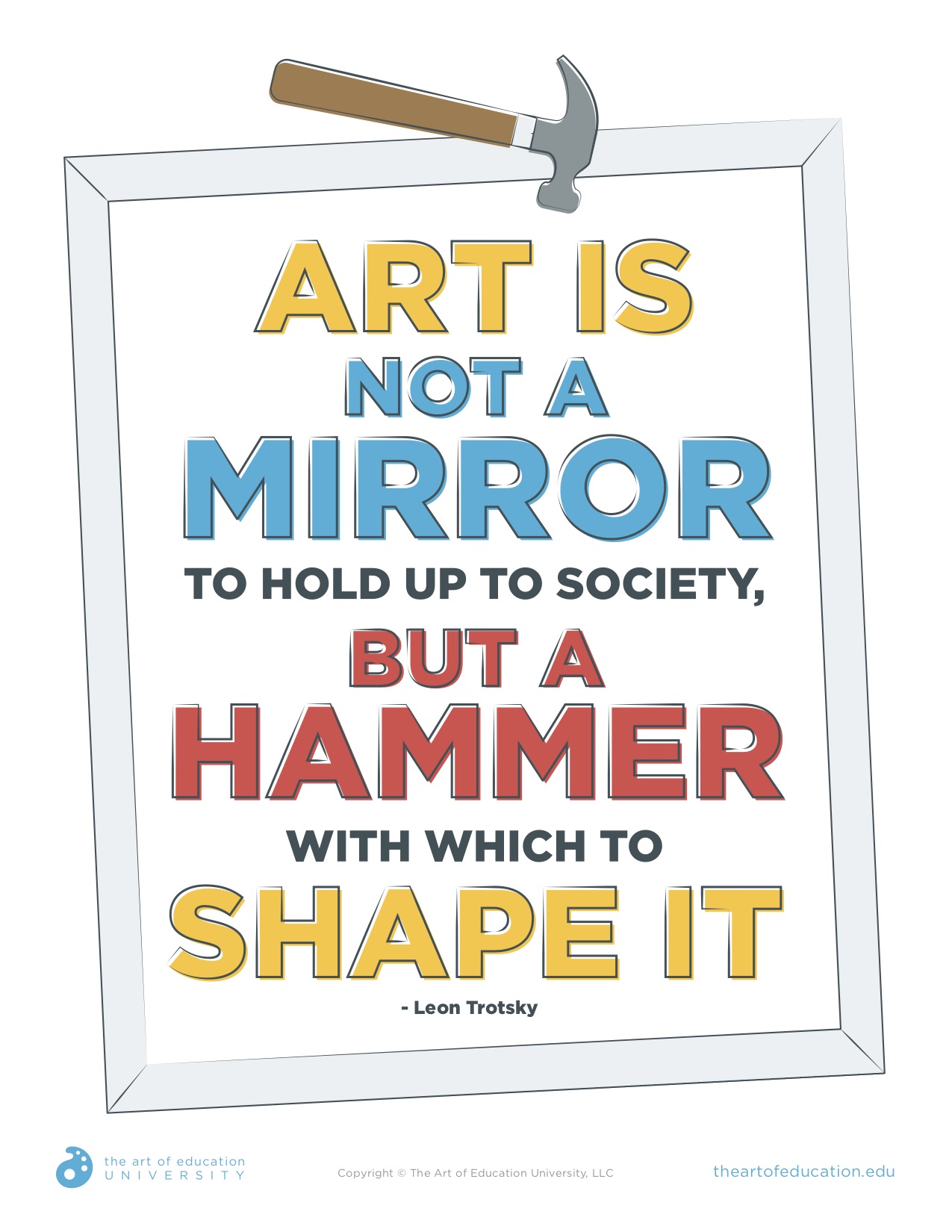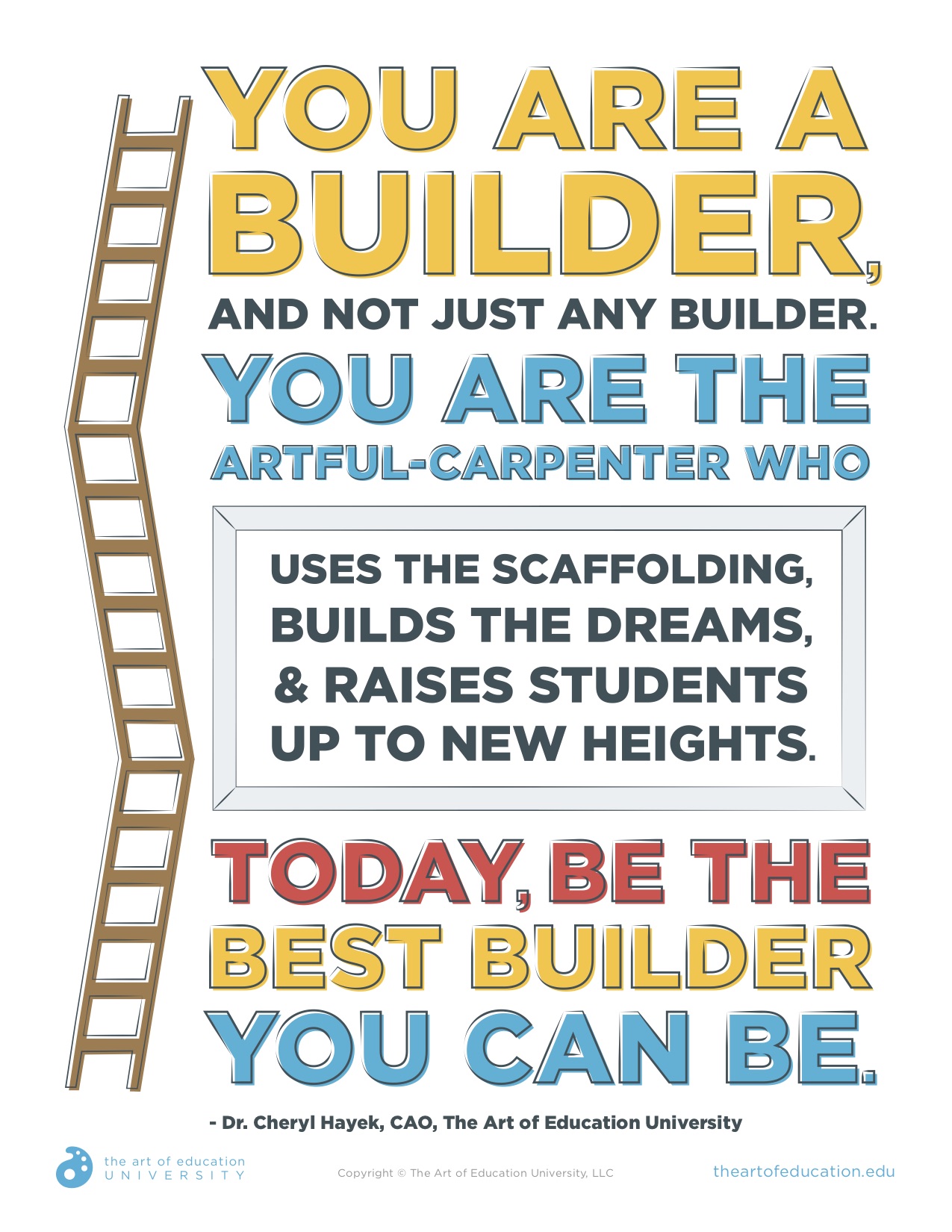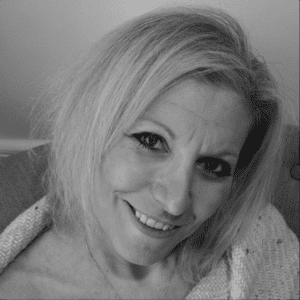“Art is not a mirror to hold up to society, but a hammer with which to shape it.” —Leon Trotsky
I’ve always been fascinated by building things. It occurred to me over the decades that building is a very personal, artful, and mindful process that by its name indicates the formation of something larger than was once there, an increase or expansion of what was once in existence. The act of building is creation and creativity at its highest form. Think about all the things you’ve built in your lifetime: your career, your relationships, your knowledge. There are so many intangibles we build over time; carving, molding, and adding layers to bring life to those things and ourselves.
When I became a middle school teacher in the 1990s in a school with no curriculum for me, I built it from scratch. I wanted it to be amazing, engaging, and polished. I wanted something that came from my heart and inspired students to believe in themselves as they learned. I wanted my enthusiasm to be contagious. With the daily rush of teaching, how could I possibly cultivate that all on my own? (There was no FLEX curriculum back then to help me!) I had lunch duty, bus duty, and very little time. I knew I needed tools, support, and a blueprint for success. It was then I realized building was just like teaching, and I needed to be a builder.

Dr. Cheryl Hayek, Chief Academic Officer, The Art of Education University
Over twenty-five years later, I have come to AOEU to be the Chief Academic Officer because I wanted to be part of a community of artist-teachers who build and create themselves into stronger artists and teachers. Who, by extension, build their students into the adults who will continue to care for our world. Being a builder is an honor and a great responsibility. We have to do it right, and we do that here at AOEU. Good organizations always have a Chief Story Officer. For a moment, I am going beyond my role as CAO to be the CSO as well.
Earn your master’s degree on your timeline.
Here’s the story I want to tell, and you are the main character.

Once upon a time, there were three builders who lived in the same village. The first one was a horrible contractor. He would force his crews to push forward even when they weren’t ready. The foundation of the building was not even installed properly, but he was already elevating walls. He never took the time to address problems. He wanted the project done quickly and the money in his pocket, so he could simply move on. Eventually, the walls came crashing down. The project failed.
Everyone knows you need a strong foundation to be the last one standing.
Castles built on sand get washed away. When teachers don’t meet students where they are in their lives, communities, and readiness, we fail ourselves and our students. I knew that I needed to understand who each child was and the challenges they faced in their lives. To do justice to teaching, I had to do justice by each child and their learning needs. I had to build their way forward.
The second builder was a pretty good supervisor. He had great intentions, so he always hired anyone that was not “hirable” by other companies. He thought it was a good thing to do to give others a chance. He wanted to make the job easy for them. So, he did all of the work for them. He never challenged them or asked them to do any work on their own. When they did fail, he gave them so many chances to redo the work that he lost money and taught the crew nothing except that failure was acceptable, and the real world, too, was like this.
When these crews tried to find other jobs to move forward, they were shocked that they knew little and failed at most things. They were angry and had even lower self-esteem than before. If only the supervisor had trained them for the real world and been honest with them, they wouldn’t be in this position today.
As teachers, we need to challenge students to reach their potential, probing deeper with our questions, and hold them accountable to their responsibilities.
We need to be honest and caring in our feedback so they can improve. Assessment is not simply an assessment of learning. Assessment is for learning to flourish and for our teaching to be guided by what our students need.
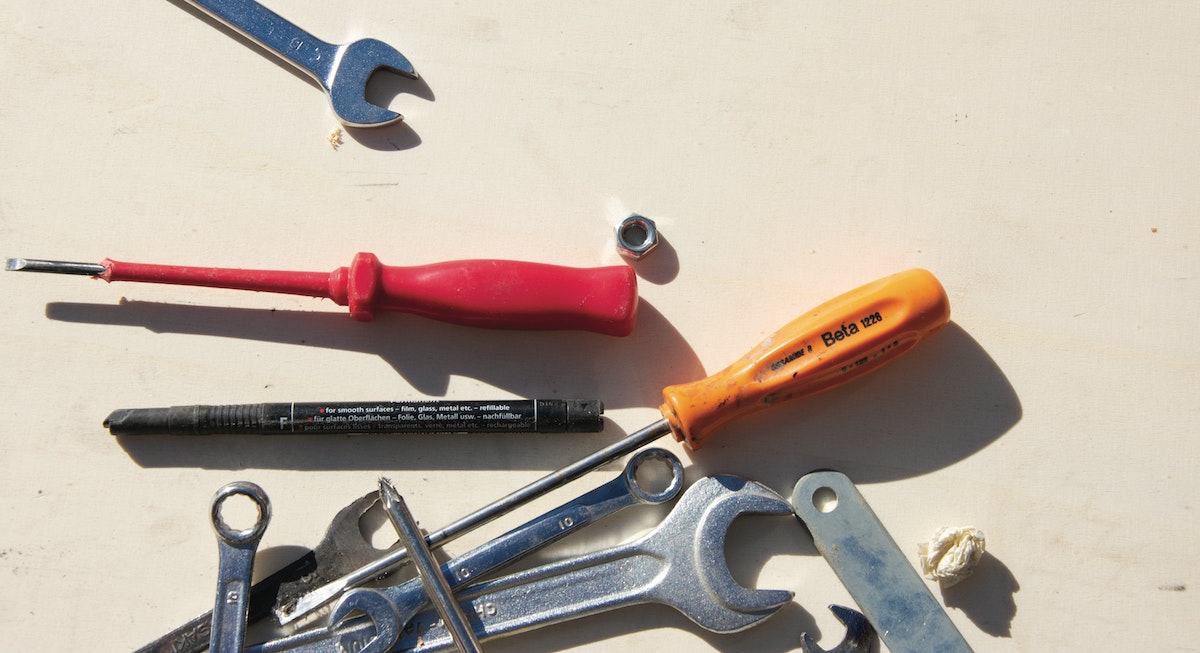
The third builder was a talented carpenter. He was an expert tradesman and an even better leader of the crew. With every structure he built, he would set up scaffolding to help the tradesmen reach the second and third floors of the building until the staircases were installed. When the stairs did arrive midway through the project, he instinctively knew that not all of the tradespeople were ready to use the stairs. There were open railings and unfinished treads that made the staircase ready for only a select few. But, the builder smiled, for he enjoyed the training and working with the others until they were ready to get to that second floor on the staircase. Gently and encouragingly, he would say, “You’ll get there. Let me help you today. I’ll carry this for you, and we’ll do this other part together.” Sure enough, quite quickly, every person was able to use the staircase on their own, and the scaffolding was taken down. Every person who worked in that house was proud.
We know every child learns by his or her own time clock.
As we differentiate our teaching so every learner gets what they need, and we scaffold our instruction to help them reach new levels within themselves, we build these children into strong people.
This third carpenter built more than a house; he built self-esteem and knowledge. He taught people that, when you are given the right tools, and you are taught how to use them, you can do anything. This builder taught his crew that life is hard work, but hard work reaps the most amazing rewards. He knew people are ready at different times in their lives. By treating each one individually, you give each one the power to achieve.
So, today, put on your hard hat and secure your tool belt. Stand proud.
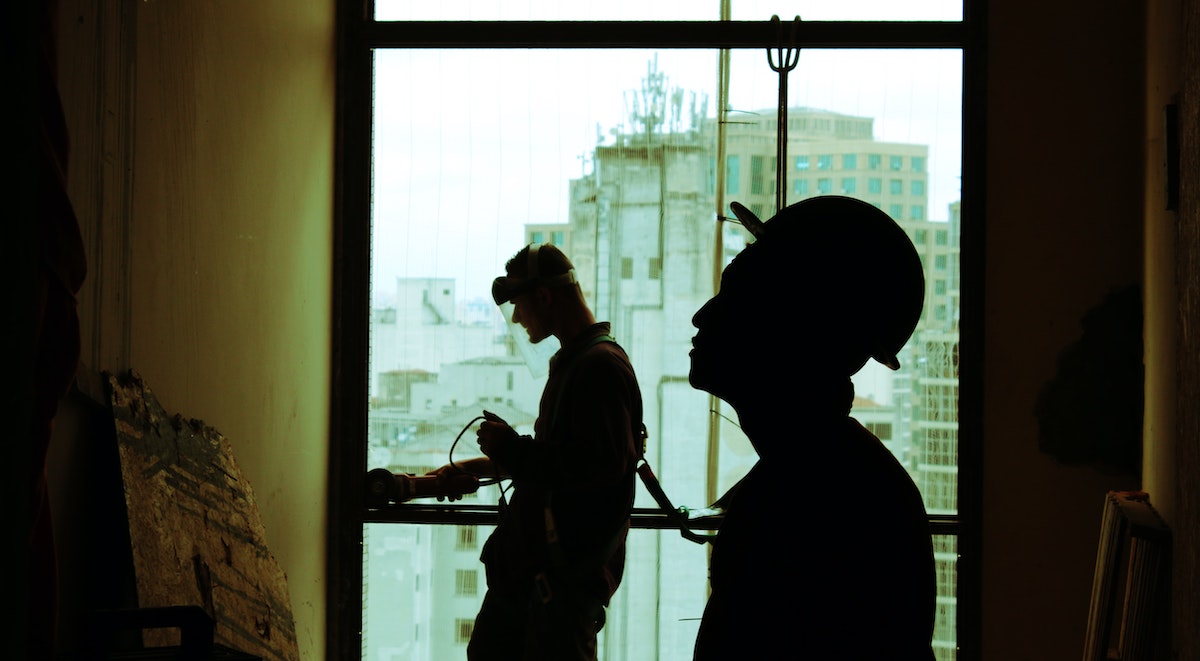
YOU are a builder, and not just any builder…you are the artful-carpenter who uses the scaffolding, builds the dreams, and raises our students up to new heights. Today, be the best builder you can be. Build castles. Build dreams. Build people up. Will you take that challenge? Will you be the builder your students need? AOEU is here to support you. We have the amazing blueprints of FLEX Curriculum, PRO Learning, and the master’s degree, so you don’t have to start from scratch as I did. We’ve cultivated and curated your tool belt, so you, the master builder, just need to come in and choose your brush.
Print and post this download. Look at it every day as a reminder.
How can we at AOEU help you become a better builder?
What inspires you to build your own life and the lives of your students?
Magazine articles and podcasts are opinions of professional education contributors and do not necessarily represent the position of the Art of Education University (AOEU) or its academic offerings. Contributors use terms in the way they are most often talked about in the scope of their educational experiences.

